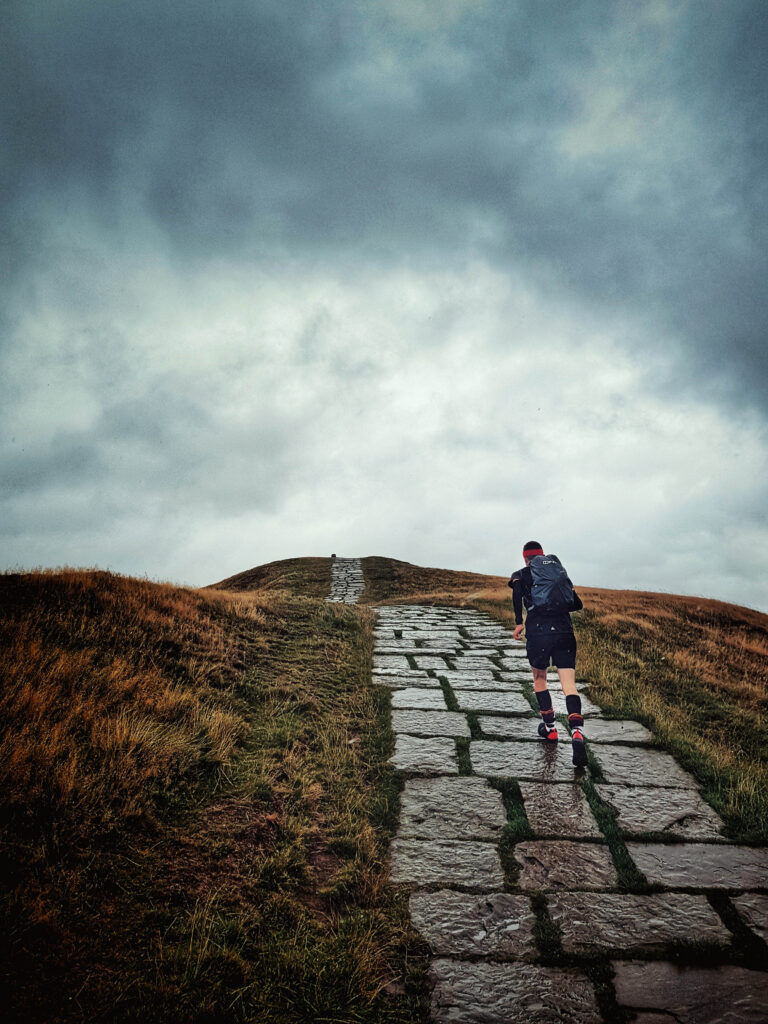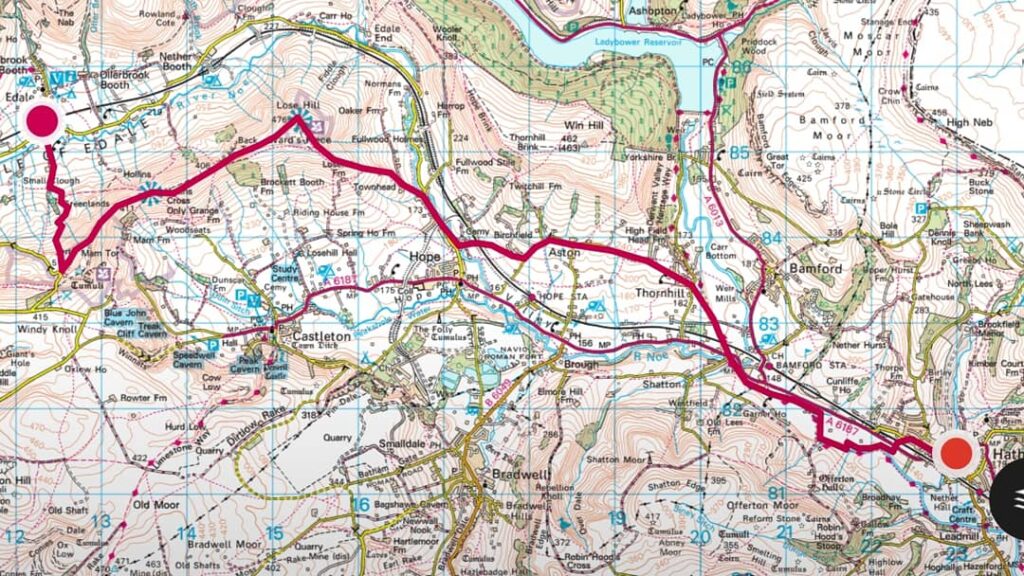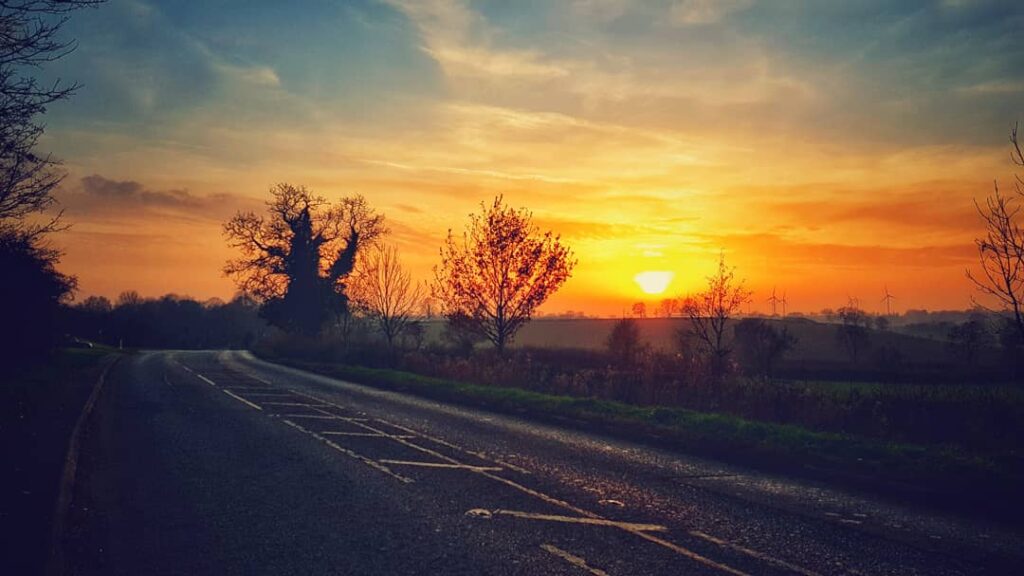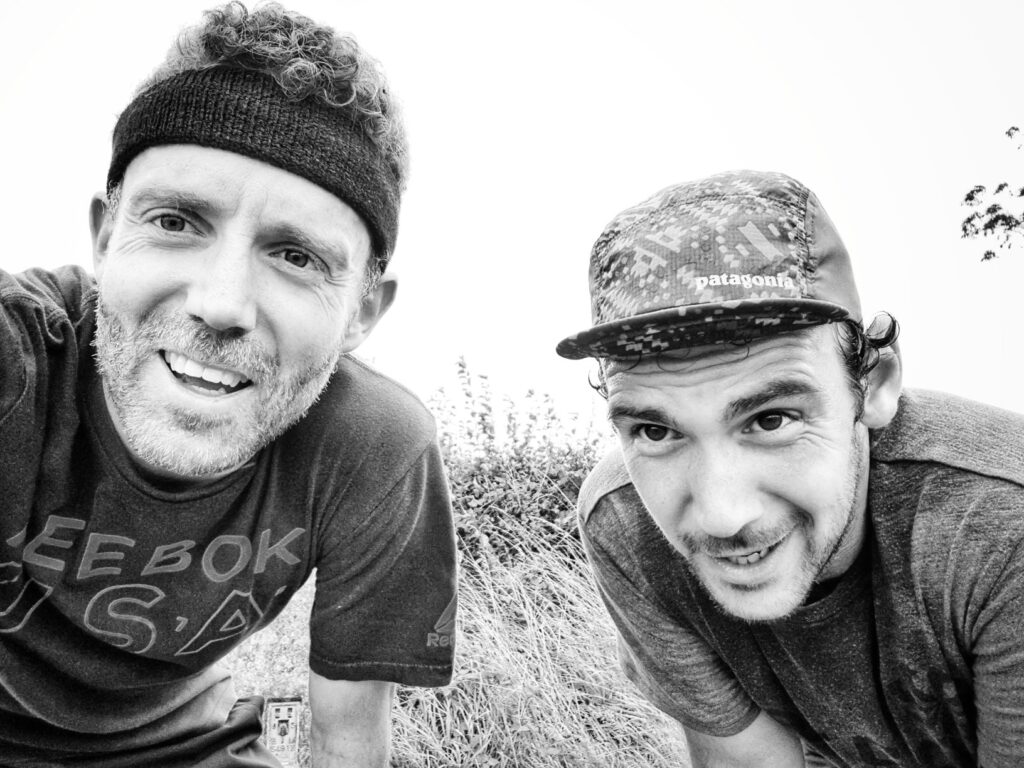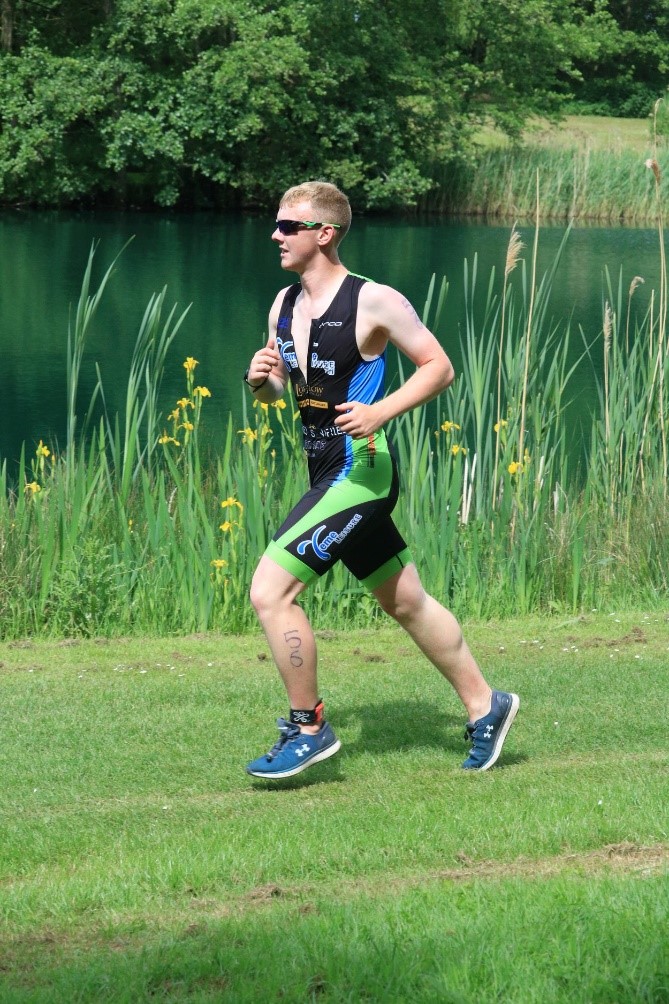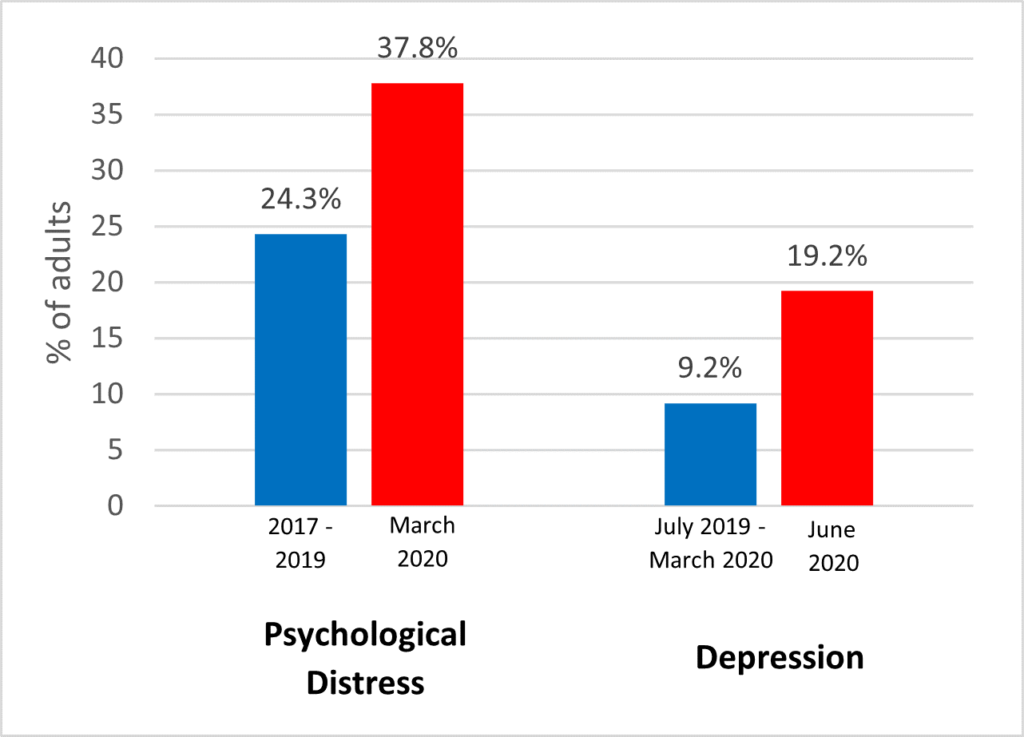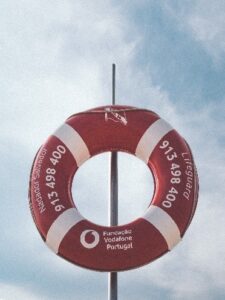By Jim Lusted
You don’t have to have attended private school to be a member of the British Olympic team for Tokyo 2020 – but it may have helped, particularly for some Olympic events. Dr Jim Lusted, Lecturer in Sport & Fitness, explores the role that educational background can have in athletes reaching the highest levels of Olympic sports like rowing, hockey and archery.

The level playing field of sport
The Olympic games provides an opportunity for us to witness some sporting achievements that push ever further the boundaries of human performance limits – with only the very best claiming Olympic gold.
Sport is a meritocracy, right? That is, the most successful sportspeople achieve their awards because they deserve them – they are the fastest, strongest, most talented and/or hardworking of their generation, and the sporting competition determines the best from the rest. Who can argue, for example, that the person who reaches the finishing line first in the 100m sprint doesn’t deserve their victory? It’s an alluring idea that draws many of us to watch and enjoy elite sport events – perhaps never more so than a summer Olympics like the delayed Tokyo 2020 games.
The strong connection between sport and meritocracy is in part because it is so obvious – and yet you may already have thought of some examples where the winner might not have always been the ‘best’ athlete. Take the infamous sporting doping cases like Canadian sprinter Ben Johnson, US cyclist Lance Armstrong and more recently the whole Russian Olympic programme. These – and many more – would certainly challenge the ideas that Olympic ‘winners’ achieve their success on hard work and talent alone. It is also not uncommon to hear the world’s best athletes talk about how they were never the best in their sport at school – but somehow they had ‘made it’ to success as an adult while others had fallen away as they grew up.
The influence of school background

There are, of course, a range of complex factors that can influence people’s opportunity to fulfil their athletic potential and then go on to compete at the very highest levels. One of these might be an athlete’s own educational background. What school you attend might not be immediately significant, yet it seems to have an impact on who ends up competing for Britain at the Olympic games. Across the UK, independent (private fee-charging) schools educate 6.5% of the total school-age population (ISC 2021). However, research completed by The Sutton Trust just after the 2016 Rio Summer Olympics found that 36% of British athletes who won medals had attended independent (private, fee paying) schools compared with 60% who attended comprehensive (state funded) schools (with the remaining 8% coming from Grammar schools – usually free to attend but with a selective entrance policy of some kind).
For some Olympic sports, including rowing and women’s hockey, the majority of medal winners in 2016 had been privately educated. In others, former state or Grammar school pupils dominated the medals, such as cycling where only 8% of medallists had studied at an independent school in 2016.
This research also looked at the figures for the London 2012 Olympics and saw a slight increase in the proportion of state school medallists in 2016 – it will be interesting to see how the figures compare again with Tokyo 2020. We should be a little cautious of reading too much into the statistical trends given the relatively low numbers involved being open to fluctuation. But educational background seems influential, particularly in some sports.
Why is educational background important?
The substantial over-representation of privately educated athletes as British Olympians is probably of no particular surprise; certainly, many independent schools use sport to market the desirability of their education, by investing heavily in expensive specialist facilities and infrastructure and emphasising the priority placed on pupil participation in PE and sport. This investment often includes paying for particular coaching expertise along with ring-fencing additional time in and out of the school day for sport training and competition. Sport in the state sector has always compared poorly in such sporting provision and the gap is arguably getting wider, particularly since the promising School Sports Partnership scheme which was set up in the early 2000s to grow PE and school sport in the state sector was closed down by government in 2010 (Lusted, 2014).

‘Buying’ access through social capital
But it is not just economic investment that can shape the sporting journeys of the most promising athletes attending private and state schools. As social theorist Pierre Bourdieu has observed, there are other forms of ‘capital’ (not only economic) that are available to some people to ‘buy’ access to (and power in) sport (Bourdieu 1988). We can draw on one of these forms – ‘social’ capital – to explore more deeply why some sports appear to be more accessible to some than others, and the role that education plays in this process.
Social capital refers to the networks of contacts, friendships and relationships that can help gain access to spaces and opportunities that we may not otherwise have. In this respect, the interconnections of private school teachers, coaches, parents and other relatives and local (often professional) sports club contacts can often help smooth an athlete’s journey to further progression. For sports such as cricket, hockey, archery and rowing, talent pathways are heavily informed by the inter-personal and organisational connections that congregate around independent school environments (and often, later, the associated elite Universities such as Oxford and Cambridge). Access is therefore often secured not only by an individual’s outstanding sporting talent, but by being in a position to ‘cash in’ regularly throughout one’s career development on the networks of social capital that such pupils have to hand. This allows us to entertain the idea that the different educational background of two otherwise equally talented young athletes might lead them on different athletic journeys.
Breaking the cycle of the traditional pathways to success
For Bourdieu, networks like these can be extremely difficult to break into without the ‘right’ social capital. It is not just a case of ‘talking to the right person’ or ‘getting in with the right crowd’ – such social capital is slowly accrued over time, is often informal, rarely acknowledged but heavily guarded by those who possess it. This can help explain why such networks are reproduced over time and can create long-term trends in sport participation.
Sport organisations are starting to recognise the often ‘exclusive’ nature of traditional pathways for some sports and have more recently looked to widen their talent identification programmes beyond their usual sites in the search for the next gold medallist. UK Sport’s ‘Fromhome2theGames’ offers an opportunity for all young people to be considered for development in one of many Olympic sports, initially just by completing 3 online physical tests. Whether this open-access approach can significantly challenge the existing development networks of some sports remains to be seen. Perhaps more of the next generation of British Olympians will be able to buck participation trends and find their educational background was lower down on the list of reasons for their eventual sporting success.
This article was originally posted on OpenLearn.







